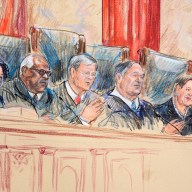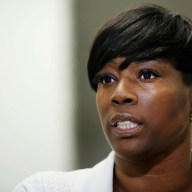“Because our real history is not part of how we describe ourselves, we live in denial of our reality.”
— John Ralston Saul, A Fair Country
As Canadians we think of ourselves as Europeanized, then Americanized. More recently, with the waves of non-European immigrants, multiculturalized. Remarkably and ignorantly, we never get below the surface. We overlook, Saul argues in his provocative and brilliant study, our real driving force — our Aboriginal moorings.
If you don’t know and appreciate the core construct, if the foundation is disregarded, or neglected, you are subject to all sorts of makeovers and identity quarrels. It’s mainly the latest currents that count. It’s not good.
The history of North America, says Saul, has largely been written by colonized minds with colonized perspectives. Three hundred or 400 years of Aboriginal history that predated Europeanization is marginalized. In his book, Saul rediscovers this history and relates it to our present times. In essence, he finds that what was bred in the bone has remained in the bone.
We owe much to the native peoples — the idea that land is to be served not pillaged, our notions of fairness and inclusiveness, of finding a middle way. Today, our claim to Arctic sovereignty is based in good part on our Aboriginals’ presence in those territories.
The fragility of the environment, a cardinal priority of the Aboriginal Peoples, is a paramount cause of our times. It is our native peoples who occupy the North and it is the North where two-thirds of our resource wealth lies.
The courts are compelling us to deal with historic obligations to the First Nations. Nineteenth-century treaties are being renegotiated.
There are all these trends and there is the fact that while the European influence wanes the native peoples are the fastest growing segment of Canada’s population.
Western attitudes assumed the inevitability of their disappearance. It isn’t happening. Given the environmental stresses and potential calamities, people are more open to accepting the idea, as Saul puts it, that the world works in a different way than that suggested by the standard Western argument.
Saul, of course, is the partner of former governor general Adrienne Clarkson, who took up the native peoples’ causes with vigour. The current Governor General, Michaëlle Jean, stood up mightily for their traditions when she gorged a harp seal on Rankin Island and partook of its heart.
Rideau Hall used to be the bastion of a colonialism that pursued strategies of Aboriginal sequestration or assimilation. Much has changed. Now its inhabitants recognize, as all Canadians should, that the native peoples were a major inspiration in our past and essential players in our future.
















